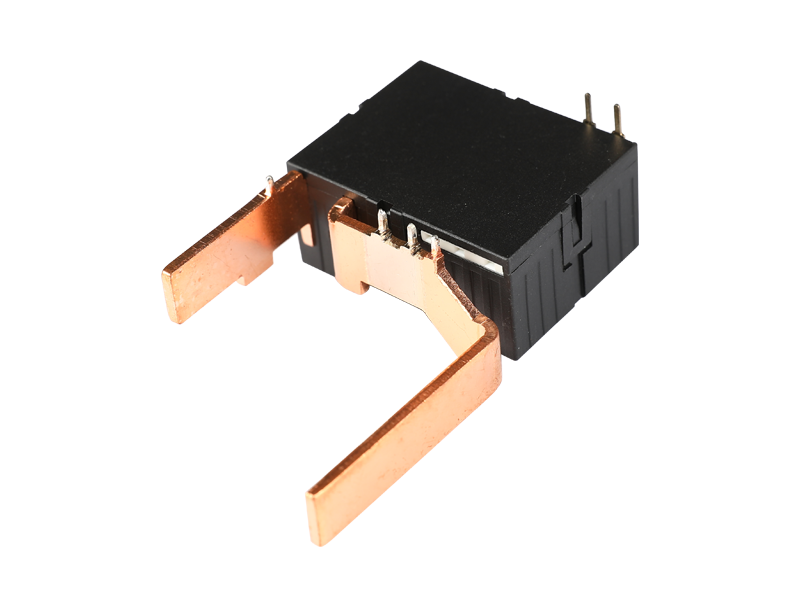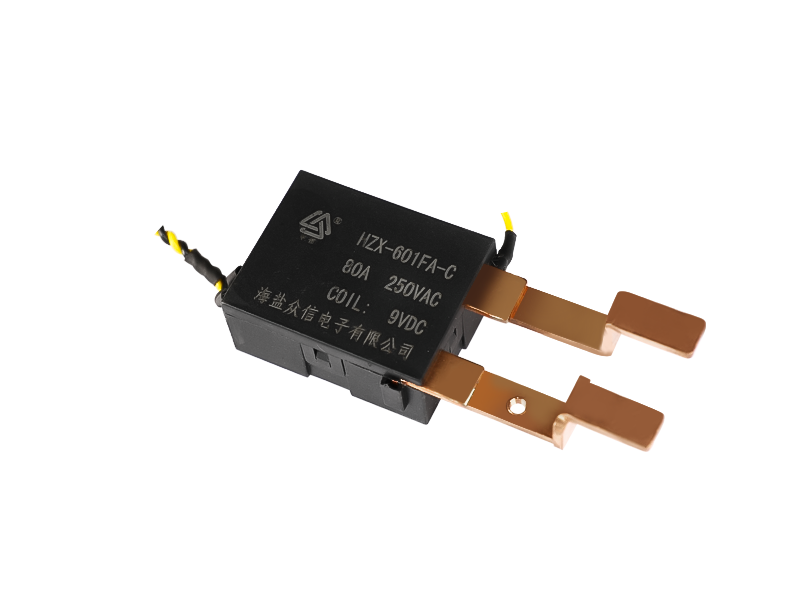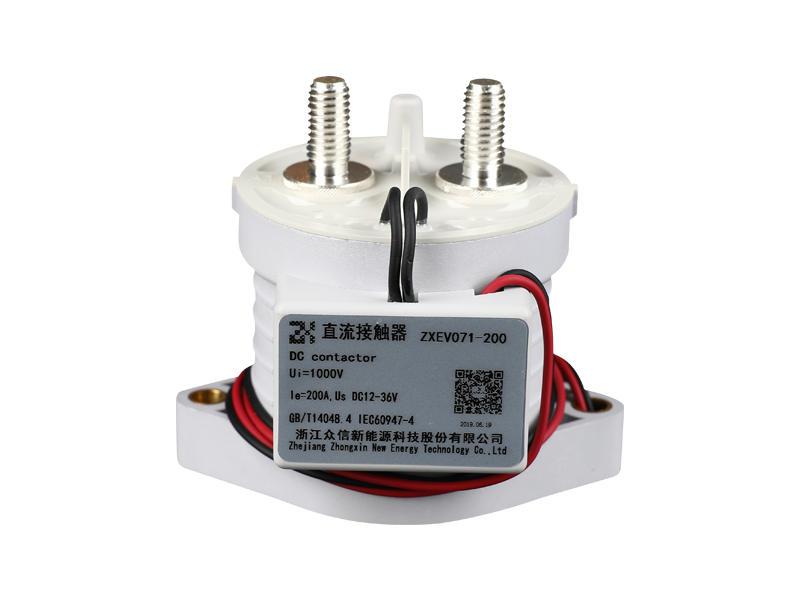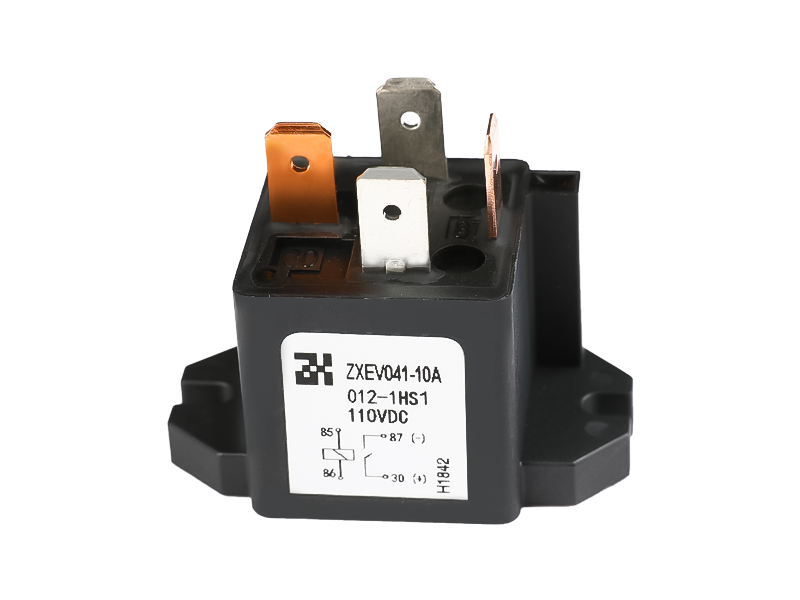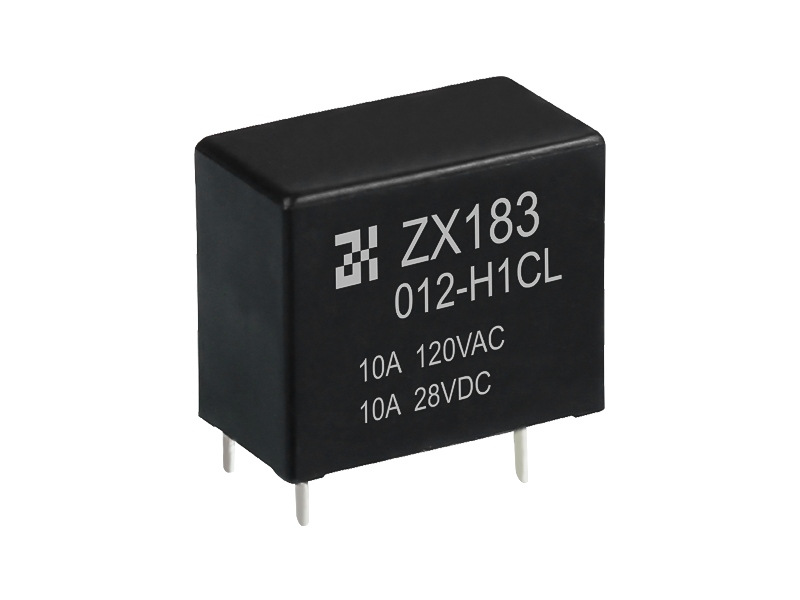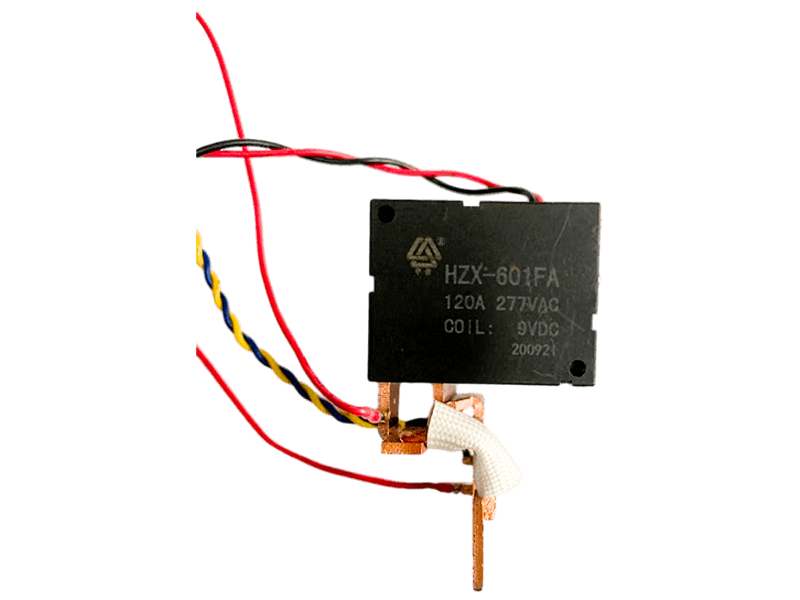There are three major types of latching relays, including mechanical, impulse sequencing, and magnetic.
Mechanical latching relays use locking mechanisms to hold contacts in the last position until they receive information to change. This typically happens by energizing a second coil. Contacts then will remain locked in that position until the opposing coil has received energy.
Impulse sequencing relays transfer contacts with each pulse. Typically, impulse relays are made up of a magnetic latch relay and a solid state circuit that will determine which position the relay is in when power is applied, and then the opposite coil will be energized. The contacts will hold this position when the power is removed, and when the coils again receive energy, the cycle will start again.
A magnetic latching relay typically requires one pulse of coil power to move contacts in one direction, and then requires another pulse that is redirected to move the contacts back in the other direction. These types of relays can have either one or two coils. In a device that has only a single coil, the relay will move in one direction when an application of power occurs with one polarity. It will then reset when reversing the polarity. In a device with dual coils, when the polarized current is applied to a coil that is reset, the contacts will progress.

